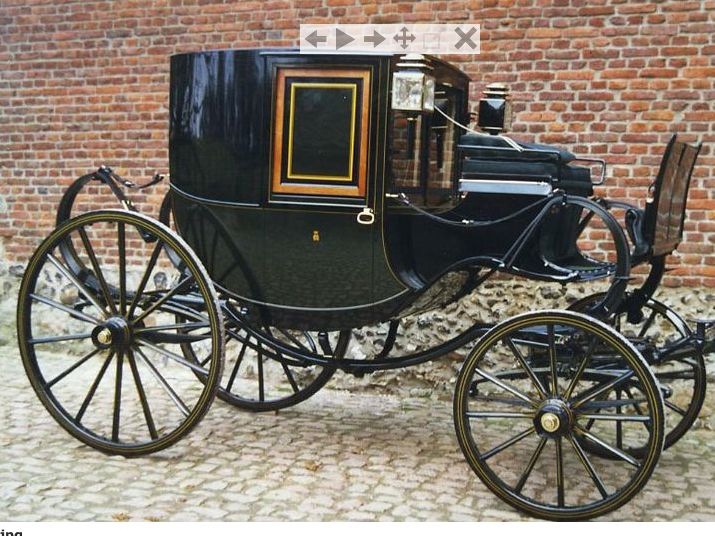When we think of car accidents today, they’re often associated with high-speed highways, dense traffic, or distracted driving. However, the first recorded automobile accident in history occurred under much simpler circumstances in 1891 in Ohio, United States. This seemingly minor event marked a pivotal moment in the story of the automobile, signaling the dawn of a new era—and the challenges that would come with it.
The Incident: James Lambert and the Curtiss Carriage
The first car accident occurred in the spring of 1891 when James Lambert, an inventor and automobile enthusiast, took one of his creations out for a drive. Lambert’s vehicle was a single-cylinder, gasoline-powered automobile that he had modified from a carriage, making it one of the first “horseless carriages” in America.
Lambert, accompanied by a passenger, was driving his invention on the streets of Ohio City, near Cleveland, when he lost control of the vehicle. The car hit a tree root, causing it to veer off course and crash into a hitching post. The result? Both Lambert and his passenger sustained minor injuries, but the damage to the vehicle and the incident itself raised some eyebrows about the safety of this new form of transportation.
Why It Happened: The Early Challenges of Driving
The accident highlighted the limitations of early automotive technology. Lambert’s vehicle lacked brakes as we know them today and had no formal steering mechanism, relying instead on rudimentary controls. Roads at the time were designed for horses and carts, not for vehicles with wheels powered by gasoline engines. The dirt and cobblestone streets were uneven, narrow, and often littered with obstacles like tree roots, making navigation precarious.
A Wake-Up Call for Road Safety
Though Lambert’s accident was minor, it was an early indication of the risks associated with motor vehicles. At the time, there were no traffic laws, no standardized road designs, and no safety features to protect drivers or pedestrians. Lambert’s crash became a point of discussion among engineers, city planners, and lawmakers who saw the potential for more serious accidents as automobiles became faster, more powerful, and more common.
Some of the key safety measures and concepts that eventually emerged from this and subsequent incidents included:
- Improved Road Design: Roads began to be paved and widened to accommodate automobiles, and obstacles like tree roots were better managed.
- Development of Brakes and Steering Systems: Vehicle technology advanced to include functional brakes, better steering mechanisms, and eventually safety belts.
- Traffic Laws: Early automobile accidents like Lambert’s underscored the need for rules to govern the behavior of drivers and pedestrians. By the early 20th century, speed limits and basic traffic signs were introduced.
- Insurance and Liability: The concept of automobile insurance arose as accidents, damages, and injuries became more common.
A Foreshadowing of a New Age
James Lambert’s accident was just the beginning. As automobiles proliferated, accidents became an unfortunate reality of the transportation revolution. However, each incident brought new lessons that drove innovation and regulation. By the 20th century, car manufacturers and lawmakers had collaborated to make driving safer, resulting in advancements like crumple zones, airbags, anti-lock braking systems, and intelligent driver-assistance technologies.
A Humble Beginning with a Big Impact
While Lambert’s crash in 1891 may seem trivial by modern standards, its significance cannot be overstated. It represented the growing pains of a transformative technology that would reshape human mobility. The accident also foreshadowed the complex relationship between humans and machines, where innovation often outpaces safety considerations until lessons are learned—sometimes the hard way.
The world’s first car accident was more than just a collision; it was a warning signal that helped pave the way for the safer, more efficient transportation systems we rely on today. As we now stand on the brink of autonomous vehicles and other futuristic mobility solutions, Lambert’s modest mishap serves as a reminder of how far we’ve come—and the importance of safety in every step forward.
